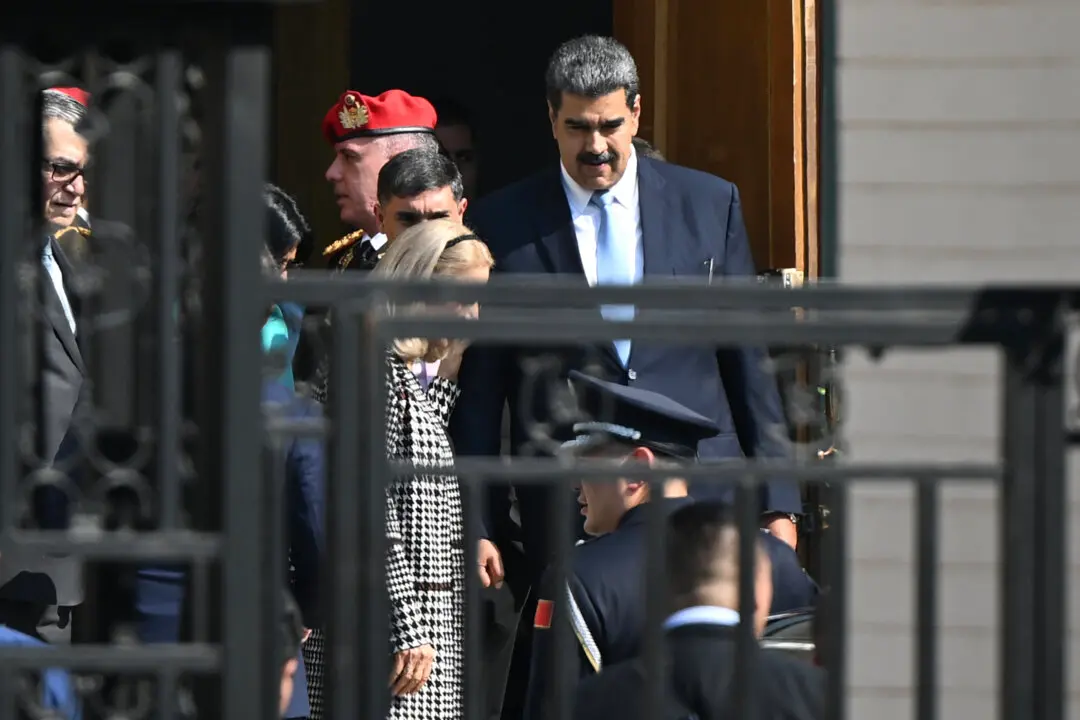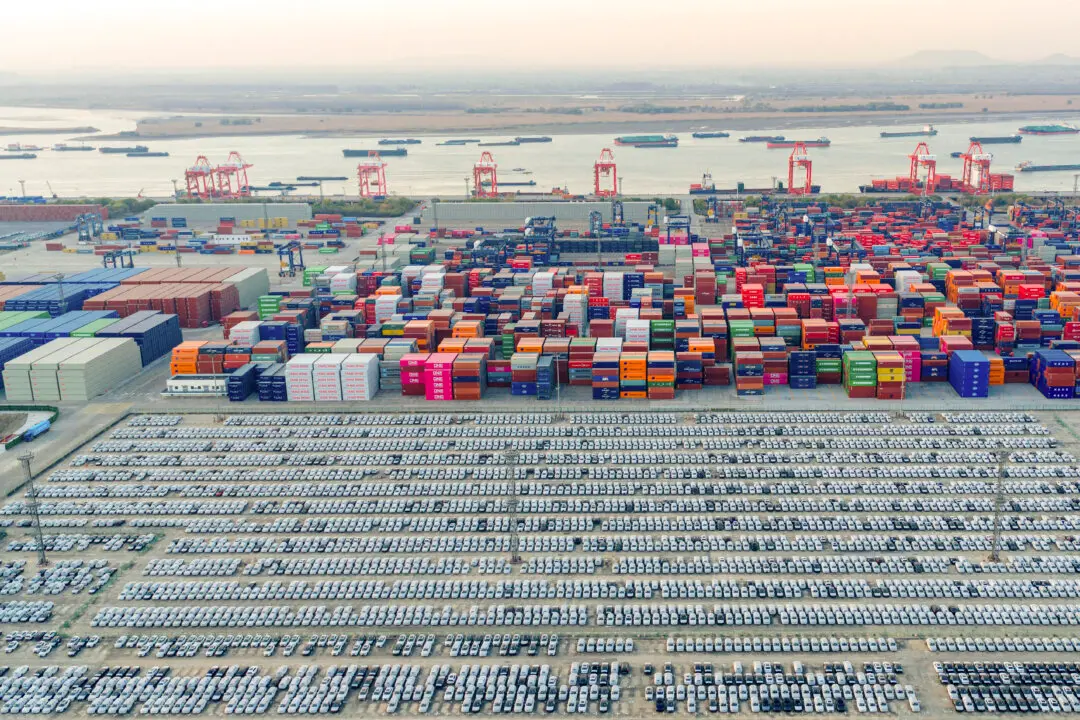Commentary
Beijing and Washington seem to have entered a tit-for-tat competition on trade. Late last year, the Biden administration placed restrictions on the export to China of equipment for the manufacture of advanced semiconductors and at the same time announced subsidies for the domestic manufacture of semiconductors. Washington even got Japan and the Netherlands to join the export ban. Now, just before the beginnings of high-level China–U.S. talks on trade, Beijing has parried these moves by imposing restrictions on the export two metals—gallium and germanium—both of which are essential to many commercial and military applications. So far, Washington has not responded to Beijing’s move.





